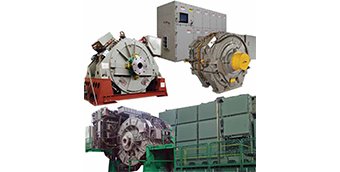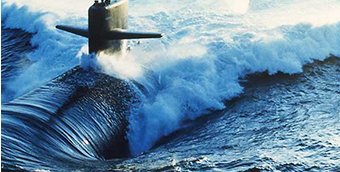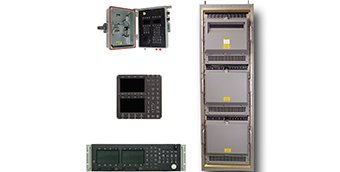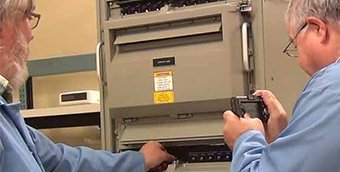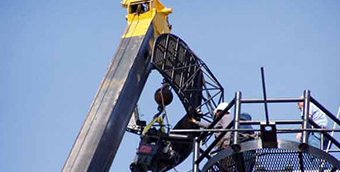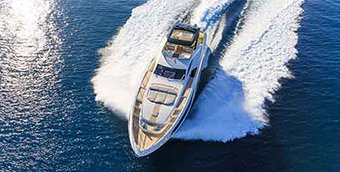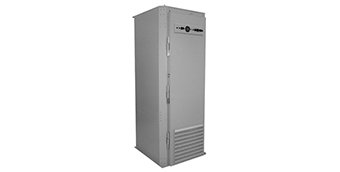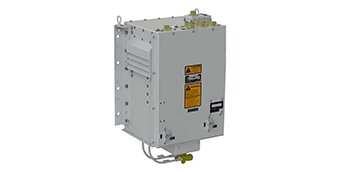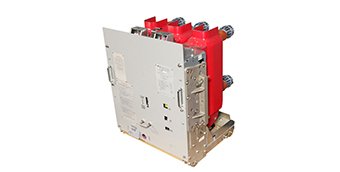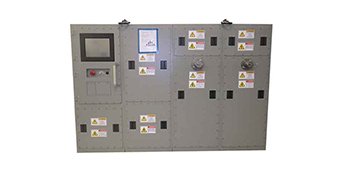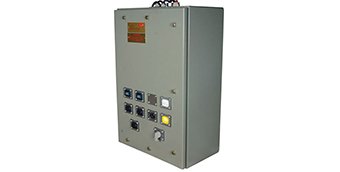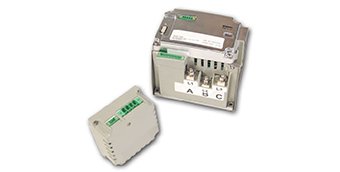Low Impact Engineering Solutions for Life Cycle Sustainment
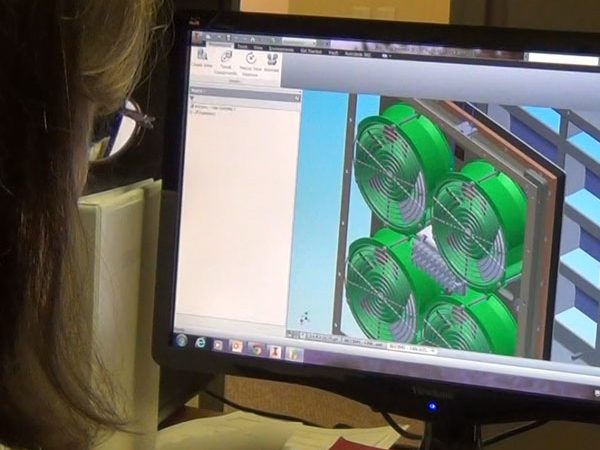
COTS based systems have three primary drivers for change: technology insertion, obsolescence replacement, and deficiency corrections. The Leonardo DRS approach to product support ensures that throughout the system’s lifecycle, events are monitored across all program elements to anticipate these drivers and prepare a timely solution that will not impact mission readiness.
We adhere to the Open Architecture initiatives while integrating COTS and Non Development Items throughout the system lifecycle. Key aspects include:
- Meet Evolving Requirements through the Technology Insertion Program.
- Leverage other systems by monitoring requirements and evaluating architectural convergence.
- Support definition of evolving requirements and associated testing requirements through IPTs.
- Optimize production while continually providing the latest commercial component technology that yields long-term servicing of equipment.
Naval sustainment engineering activities encompass the analyses to validate the outcome and recommendations of the Design Analysis prior to tech refresh. Sustainment engineering identifies the Key Performance Parameters (KPPs) that support the Decision Analysis and Resolution (DAR) Process. Compliance with the existing footprint of the equipment or system, thus avoiding impacts to the mechanical structure, is an example of a KPP. These activities culminate with a System Functional Review (SFR) to validate the outcome and recommendations of the Design Analysis.
Supported by vendor technology roadmaps and Leonardo DRS’s Continuous COTS Improvement Process (CCIP), we proactively look at End of Life (EOL) forecasts, supplier issues, and other risks that could affect potential replacement parts, materials, and components. This also enables us to look at life cycle costs of the proposed replacement items.
Leonardo DRS’s extensive domain experience delivering thousands of COTS-based products has driven the development of our CCIP. The proven process provides a comprehensive assessment of the COTS market to anticipate potential EOL and Diminishing Manufacturing Sources and Material Shortages (DMSMS) issues well in advance of their impact to the program. It also drives risk mitigation plans developed by suppliers, design agents and customers.
With our System Integration Lab (SIL) to ensure performance requirements are met, EOL and life cycle cost factors considered, and our knowledge of Navy systems, we can ensure the lifecycle evaluation of COTS components is efficiently completed and the best solution is chosen.
Model-Based Product Support
Leonardo DRS provides model-based product support for developing spare parts lists, including Installation and Checkout/On-board Repair Parts (INCO/OBRP) documents, as well as sparing lists for proposals.
Spares requirements are developed following MIL-HDBK-217F and the requirements of the contract or RFP.
We use Windchill software for spares forecasting, which is also used for our Reliability analysis. This tool enables us to maintain a database of parts and metrics that can be updated as design changes are proposed. Using the same equipment data, we efficiently update several analyses (Reliability, Level of Repair Analysis, Spares, Reliability Block Diagrams) for various engineering studies.
These models use a Poisson algorithm to determine the sparing distribution. The Poisson probability function is applicable for sparing analysis when the opportunity for failure occurrence is large, but actual occurrence is unlikely. This formula is a standard commercial industry methodology for spare part quantity determination.
Computer-Aided Design (CAD) Services
Our computer-aided design (CAD) group uses various software tools and over 100 trained CAD users to provide seamless integration with the design agent’s CAD data, thus reducing cycle time, eliminating errors, and ensuring delivery of a compliant product. Leonardo DRS has the capability to accept and use electronic design data from multiple customers in multiple formats. To control this data, Leonardo DRS maintains a part model database that facilitates rapid response to support design changes. CAD Software tools include: PTC CREO, Unigraphics, SolidWorks, AutoCAD Inventor, Mentor, and CircuitCAM to handle a wide variety of customer and supplier document / model formats.
Leonardo DRS is experienced in the use of data exchange formats such as Standard for the Exchange of Product model data (STEP) and Initial Graphics Exchange Specification (IGS) files. Data Exchange formats have advanced to be nearly indistinguishable from the native CAD program file.
CAD models effectively communicate the design details to the manufacturing team early in the design. Communication allows Design for Manufacturing and Assembly (DFM/A) brainstorming with the Production Team concurrent with design efforts. Leonardo DRS designers use analysis tools such as Finite Element Analysis (FEA) and Thermal/Computational Fluid Dynamics (CFD) to expose potential flaws in the design concept prior to procuring material for production. Virtual assembly can be done prior to availability of hardware which uncovers design errors, tool access issues, and interferences.
Our CAD specialists routinely develop and update engineering and assembly drawings including System Elevations, Schematics, Wiring Diagrams, 3-D Models, Labeling Details, block diagrams, Installation Control Drawings, and Installation Requirements Drawing (IRD) packages in accordance with Enclosure (3) to SPAWARINST 4720.5.
We offer flexible CAD support for long-term projects, as well as short-term situations when your organization needs additional temporary support.
Related Products
Related News
Contact
For any further information

